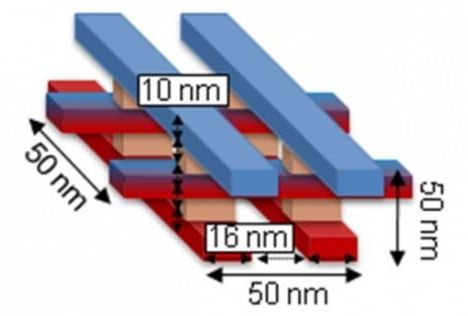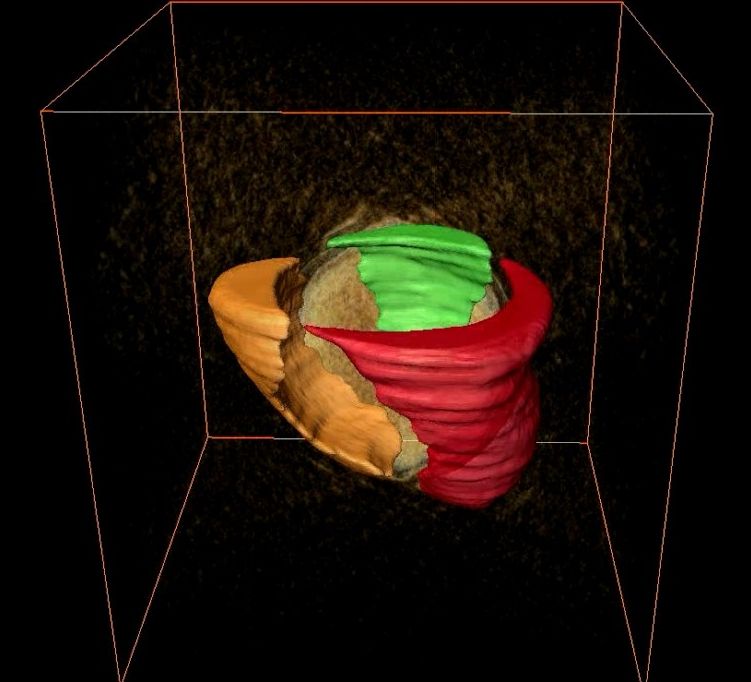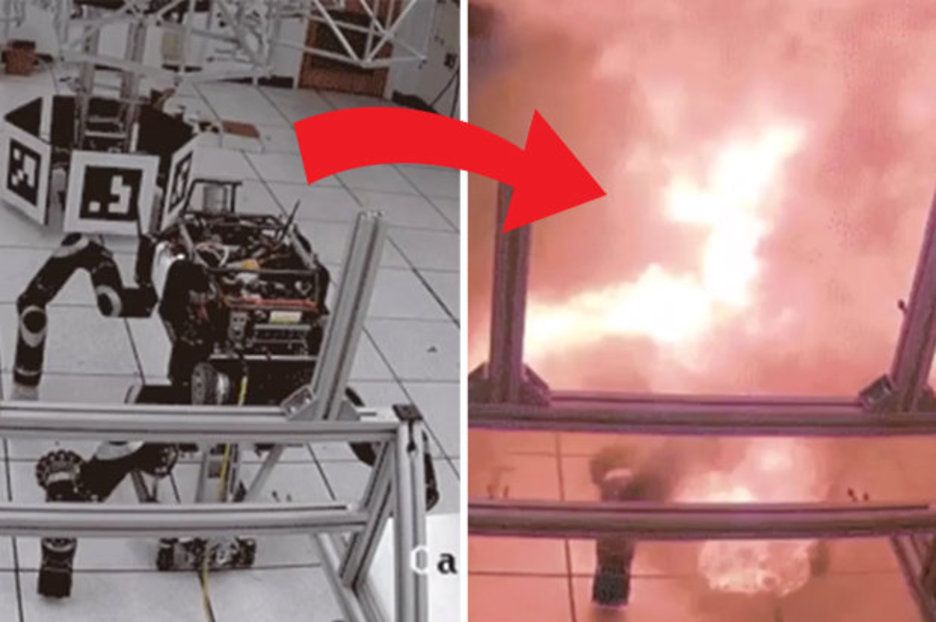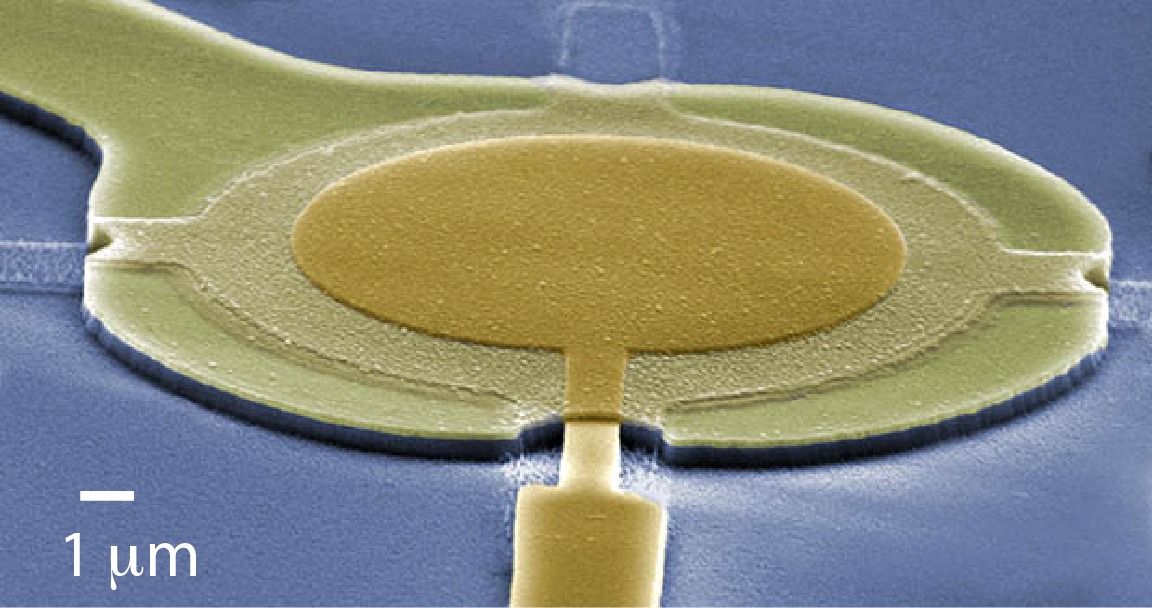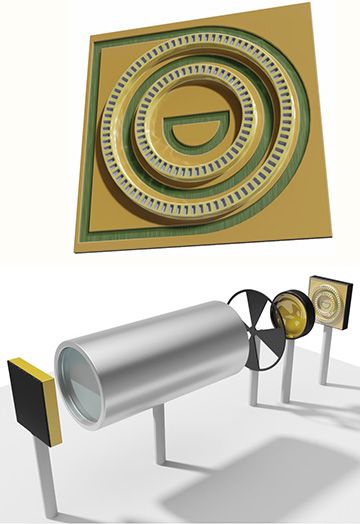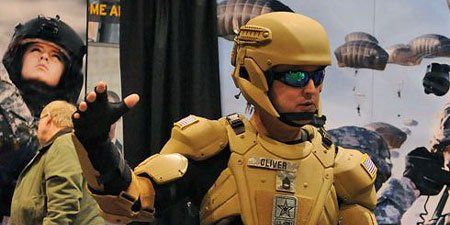Oct 31, 2016
Tiny Computer Pushes the Envelope with Micro-Memory
Posted by Karen Hurst in category: computing
Talk about downsizing – researchers at the University of California in Santa Barbara have developed a design for a 50 nanometer square computer, the university announced Oct. 27.
For now, that size is entirely theoretical. It could be managed by a novel kind of logic that enables the computer to process data inside a three-dimensional structure.
“In a regular computer, data processing and memory storage are separated, which slows down computation. Processing data directly inside a three-dimensional memory structure would allow more data to be stored and processed much faster,” said Gina Adam, a postdoctoral researcher and the lead author of the paper.
Continue reading “Tiny Computer Pushes the Envelope with Micro-Memory” »
